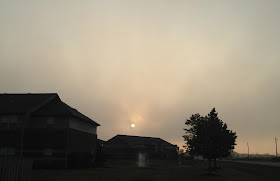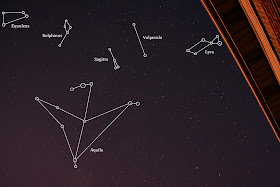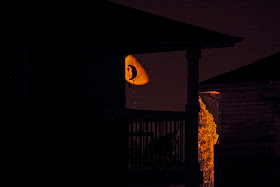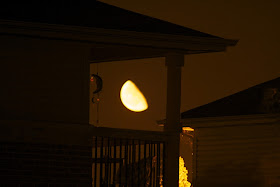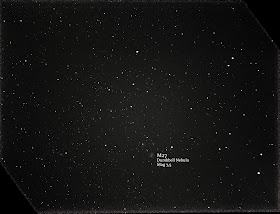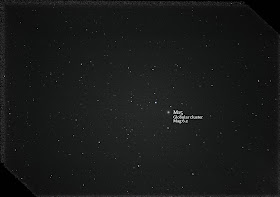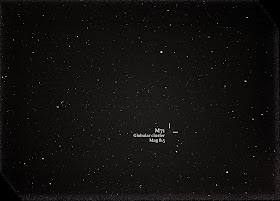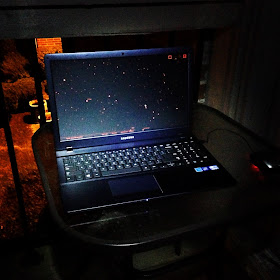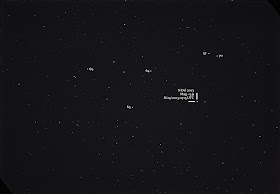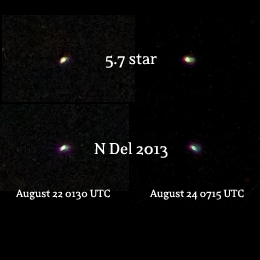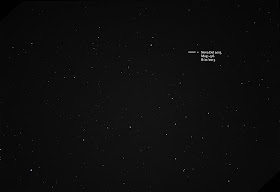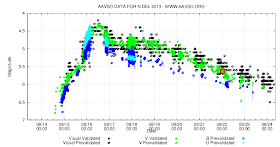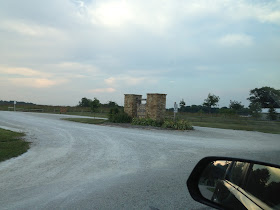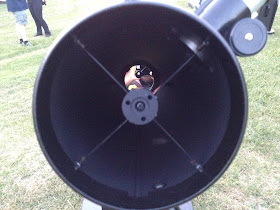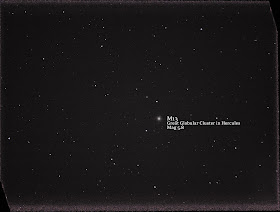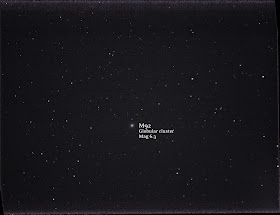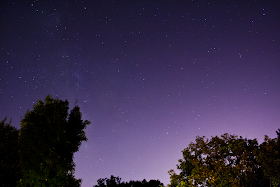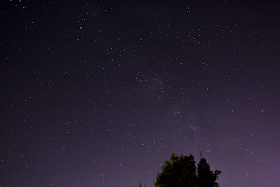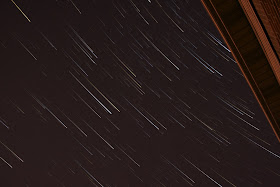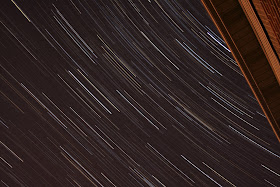All full moons have different traditional and cultural names, but when does the Blue Corn Moon occur? The Blue Corn Moon is mentioned in the song
Colors of the Wind from the Disney animated movie
Pocahontas:
Have you ever heard the wolf cry to the blue corn moon
Or asked the grinning bobcat why he grinned?
Can you sing with all the voices of the mountains?
Can you paint with all the colors of the wind?
The first line of the chorus tells of the wolf crying to the "blue corn moon", with the second line varying with the verse context. The phrase "blue corn moon" has no actual meaning in Native American folklore. It was made up by lyricist Stephen Schwartz because he liked the sound of it, being inspired by a Native American love poem that read "I will come to you in the moon of green corn" (
Wikipedia).
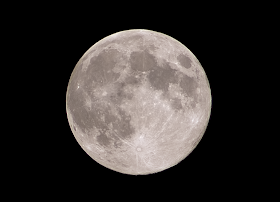 |
Tonight's [Blue Corn] Moon, August 20, 2013
30 frames stacked, each at ISO 100, 300mm, f/5.6, 1/400 sec |
All accounts I could find online claim that Stephen Schwartz made up the phrase "blue corn moon" for the song in 1995 - although several of them cite a
Yahoo! Answers page as if it were cold hard fact. In any case, it doesn't sound like the blue corn moon exists.
HOWEVER!
Stephen Schwartz created the term Blue Corn Moon out of a mashup between "green corn moon" and "blue moon." A blue moon was originally defined as the fourth full moon in a three moon season, and later as the second full moon in a single month (
Space.com). Tonight's full moon meets the criteria for a blue moon following the original definition - or as some call it a "technical Blue Moon" or "seasonal Blue Moon." This is the last Blue Moon until July 31, 2015 and the last
seasonal Blue Moon until May 21, 2016 (
source).
Tonight is also the night of the Green Corn Moon, which is just another name for the full moon in August.
So if you put those together: Green Corn Moon + Blue Moon = Blue Corn Moon. Which is tonight! The next time a Blue Moon will fall on a Green Corn Moon is August 22, 2021.
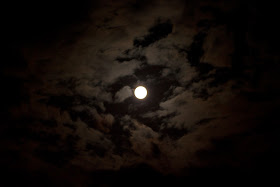 |
| Blue Corn Moon peeking through the clouds tonight |
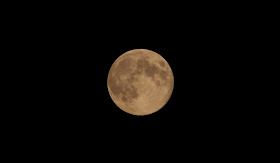 |
| Single frame from tonight's shoot |


